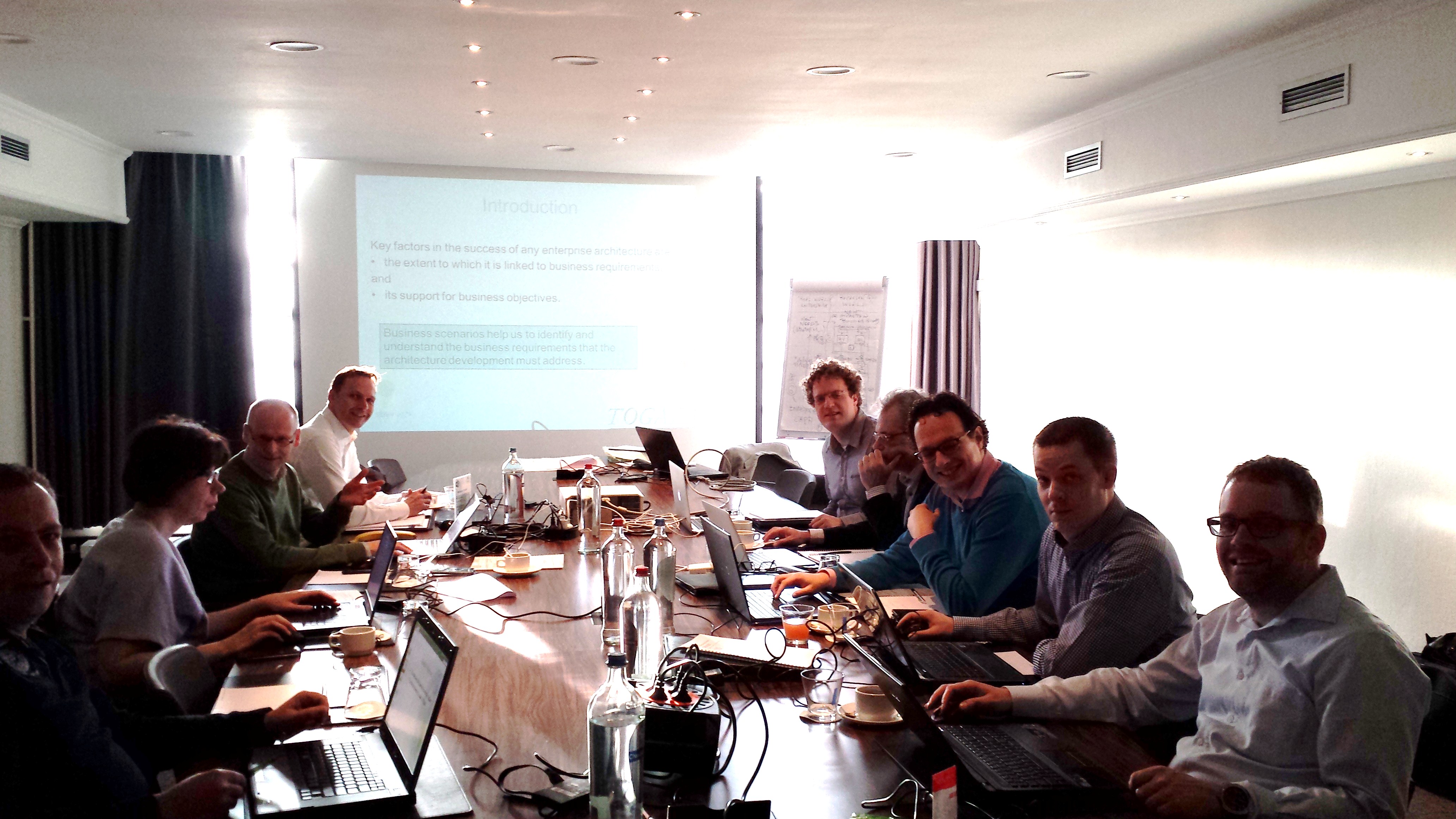Value Driven Requirement Management for Agile Methods
Requirement Analysis using Scrum, DAD, Business Model & Value Canvases and UML standards
Duration : 3 days
Objective : This training course aims at helping product managers, products owners, business analysts, system architects and developers understand how to efficiently Manage Requirements on the basis of the product vision till guiding developers accurately in implementing them.
More in detail, this course aims at assisting product managers in better defining the value propositions of their products on the basis of strategies and stakeholder needs. Business Analysts and product owners understand how to describe requirements of the product backlog then discover appropriate epics and user stories of the system while contributing to the required value creation. Along interactive case study exercises, participants learn how to describe in detail such requirements in order to validate correct understanding of needs and prepare system acceptance tests. Thus, only using a very common and productive UML profile, they learn to structure requirements in order to communicate efficiently with architects and developers through an iterative requirement gathering process.
Prerequisites : None
Participant Profiles : Business Strategists, Enterprise Architects, Business Architects, System Architects, Business Analysts, System Analysts
Detailed Description :
Introduction
What is the Requirement Management Process ? Why Agile ?
Business agility and agile software delivery : Definitions
Linking Agile to Business : Business Motivation Model vs. Business Model Canvas,
How to effciently use the Value Proposition Canvas for defining the Product Vision ?
Business agility vs. agile software delivery principles
What is Agile Not ? Impacts of alignment with strategies and capabilities
Requirement Management in an Agile Context
Scrum Life Cycle : Issues about completeness of requirements and traceability
How productive models enhance communication in 'Agile' ?
Business Extensions of Agile : Structuring Business Value Contribution of a User Story
A Panorama of UML diagrams for modeling requirements
Frameworks for tracing requirements toward software implementation and tests
The 5 levels planning of an agile project (from Clarifying the Vision and Product Backlog to Tasks… and the Architecture Walking Skeleton)
Managing Requirements within Agile Methods (Scrum, DAD) vs. the Unified Process (RUP)
Roles, teams, environments
Presentation of the Case Study for Structuring requirements and managing them using an iterative process
How to describe the business vision and needs via traceable models ?
Qualification of the requirements : The Kano model vs. the Value Proposition Canvas
Structuring the Vision of the Product on the basis of strategies, environmental forces and trends
Value proposition, key activities, key resources, revenue streams and cost structures,
Discovering the business scope of the product using the customer needs, gains and pains
Describing business use cases using 'value streams' and 'value stages'
Bridging the business scope of the product with expected 'value contributions'
Case Study : Describing the vision of the product
How to describe user needs via agile use case modeling (epics and user stories) ?
Agile Estimating and Planning
Building and managing the product backlog / granularity of requirements
Ahead of the sprint planning
Creation of the sprint backlog
Agile User Story Pattern : system scope (the subject), actors, use cases, user stories, acceptance criteria, the INVEST model
The Walking Skeleton using Disciplined Agile Delivery : From Processes to Technology
How to find out epics and user stories on the basis of value streams ?
Value contribution of epics and user stories
Writing tasks : granularity and size using the SMART model
Case Study : Discovering epics and user stories on the basis of value streams
Validating and testing correct understanding of detailed specifications
Using an incremental requirement gathering process and the sprint backlog
Rules for efficient epic, user story and architecture descriptions
Diagrams for validating epics and user story descriptions
How to choose the right diagram ?
Refining features using use cases and relationships modeling
Testing correct understanding of requirements using Test-Driven Requirements
Given/When/Then structures and Operation Contracts for guiding developers in implementing requirements
Coverage analysis and change management
Case Study : Validating, testing and communicating detailed requirements to developers
Conclusion
Steps of efficient requirement gathering and system analysis processes
Traceability between requirements and analysis models
Patterns for gathering and testing requirements
Notice : The above training-mentoring sessions are conducted interactively using Requirement Engineering and Modeling tools in order to ensure good level of traceability between requirements and underlying solutions. Concepts are first explained using basic examples and are then followed by solution drafts to your potential case studies.
The logos UML, SysML, BMM, BPMN and MDA referenced on this site are trademarks of the Object Management Group (OMG). RUP and Disciplined Agile Delivery (DAD) are trademarks of the IBM / Rational.

